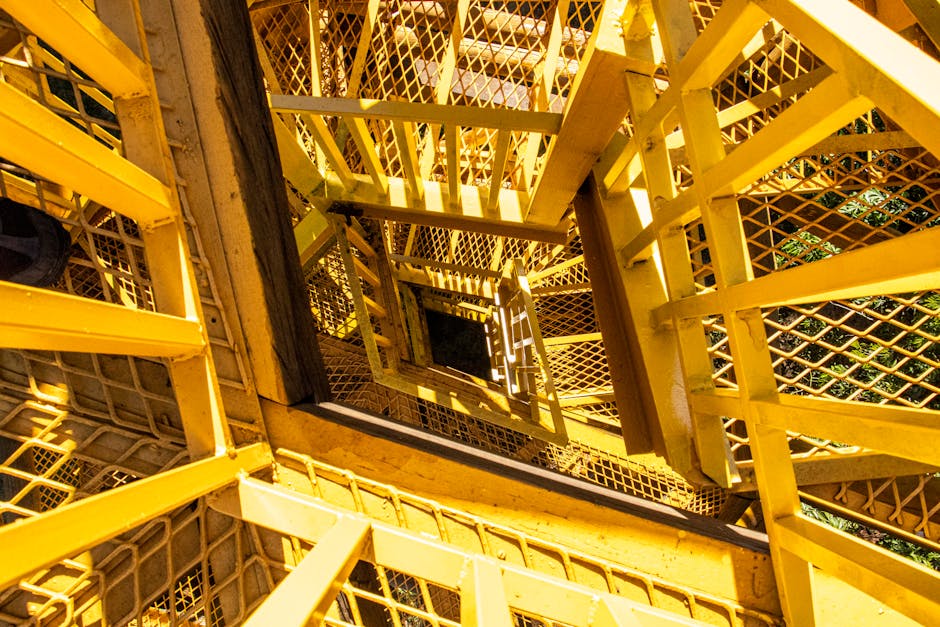Brazil is a nation characterized by its complex and vibrant cultural landscape, which reflects a rich blend of indigenous, colonial, and immigrant influences. The cultural tapestry of Brazil is woven from the threads of its diverse population, including native groups, Portuguese colonizers, and a multitude of immigrant communities from Europe, Africa, and Asia. This amalgamation has fostered a unique identity that permeates every facet of Brazilian society, from language and cuisine to music and art.
Among the notable aspects of Brazil’s heritage are its historical and religious sites, which serve as vital markers of the nation’s journey. These locations provide insight into Brazil’s past and the factors that shaped its current identity. For instance, the architectural grandeur of colonial churches and the preserved remnants of indigenous settlements illustrate the intricate interplay of cultures that has defined Brazilian society. These sites are not merely tourist attractions; they are integral components of Brazil’s historical narrative, offering visitors an opportunity to engage with the country’s layered history.
The significance of these cultural sites is accentuated by their role in commemorating traditions and practices that have endured through generations. Festivals, rituals, and ceremonies often take place at these historical venues, highlighting the importance of religion and spirituality in Brazilian life. From the reverence found in the Afro-Brazilian Candomblé practices to the Catholic celebrations that fill the streets during Carnival, the religious dimensions of these sites enrich the cultural dialogue within Brazil.
As we delve deeper into the exploration of Brazil’s historical and religious treasures, it becomes evident that understanding these sites is crucial for appreciating the complexities of Brazil’s identity. They not only embody the country’s past but also continue to shape its collective consciousness and cultural practices today.
The Christ the Redeemer Statue: A Symbol of Faith
The Christ the Redeemer statue, an iconic symbol of faith and hope, majestically overlooks the city of Rio de Janeiro from the summit of Corcovado Mountain. Completed in 1931, this monumental statue stands at 30 meters tall, perched atop an additional eight-meter pedestal. Designed by Brazilian artist Heitor da Silva Costa, the statue is renowned for its striking Art Deco style that combines both grandeur and serenity. The statue depicts Jesus Christ with open arms, representing acceptance, peace, and the welcoming nature of Brazilian culture.
The historical context of the Christ the Redeemer statue is deeply intertwined with the establishment of Brazil as a republic in 1889. It was conceived as a way to promote Christianity and foster a sense of national pride. The construction was a collaborative effort, involving the contributions of various artists and engineers, including the French sculptor Paul Landowski, who played a crucial role in crafting the statue’s intricate details. The statue serves not only as a religious symbol but as an emblem of Brazilian identity, symbolizing the nation’s rich cultural heritage.
Iguazu Falls: A Natural Wonder with Spiritual Significance
Iguazu Falls, one of the most breathtaking natural wonders in the world, is located on the border of Brazil and Argentina. This magnificent cascade, composed of 275 distinct falls, stretches across nearly two miles and creates a stunning spectacle that draws millions of visitors each year. The sheer volume of water, which plunges into the Paraná River, creates a unique ecosystem that supports a rich diversity of flora and fauna. The lush subtropical rainforest surrounding the falls is home to countless species, including rare birds, butterflies, and even endangered mammals, making Iguazu Falls not only a natural marvel but also a crucial ecological site.
Beyond its physical beauty, Iguazu Falls holds profound cultural and spiritual significance for several indigenous peoples, including the Guarani. Local legends speak of the falls as a sacred site, believed to be a manifestation of divine power. One popular tale tells of a beautiful woman named Naipi, who escaped a suitor and transformed into the falls to evade capture. This mythological connection enhances the cultural richness of the region, intertwining nature and spirituality in a profound way. The falls are thus seen not merely as a tourist attraction but as a sacred landscape where the spirit of nature is revered.
The Church of San Francisco: A Testament to Baroque Splendor

Criador: Fábio Marconi
Direitos autorais: Fábio Marconi
The Church of San Francisco, located in the historic center of Salvador, Brazil, stands as a monumental example of baroque architecture, reflecting the artistic and religious endeavors of the 18th century. Commissioned by the Franciscan order, construction of the church began in 1786 and was completed in 1759. The building showcases an intricate design characterized by ornate facades and lavish interior decorations, which exemplify the wealth and devotion of its time.
Upon entering the Church of San Francisco, visitors are greeted by an overwhelming sense of grandeur, with the walls and ceilings adorned in extravagant gold leaf detailing. The decorative elements not only exhibit the skill of local artisans but also highlight the influence of Portuguese artistic traditions. The use of gilded woodwork, combined with religious iconography, creates an immersive experience that transports worshippers and tourists alike into a realm of spiritual reflection and artistic admiration.
Furthermore, the Church of San Francisco is recognized as a UNESCO World Heritage Site, a designation that underlines its historical importance and conservation efforts. The church not only represents a pivotal moment in Brazil’s architectural evolution but also symbolizes the convergence of European and indigenous influences that have shaped Brazilian cultural identity. Its continued preservation allows future generations to appreciate the artistic legacy it embodies and to witness the intersection of faith and artistry that flourished during the colonial period.






